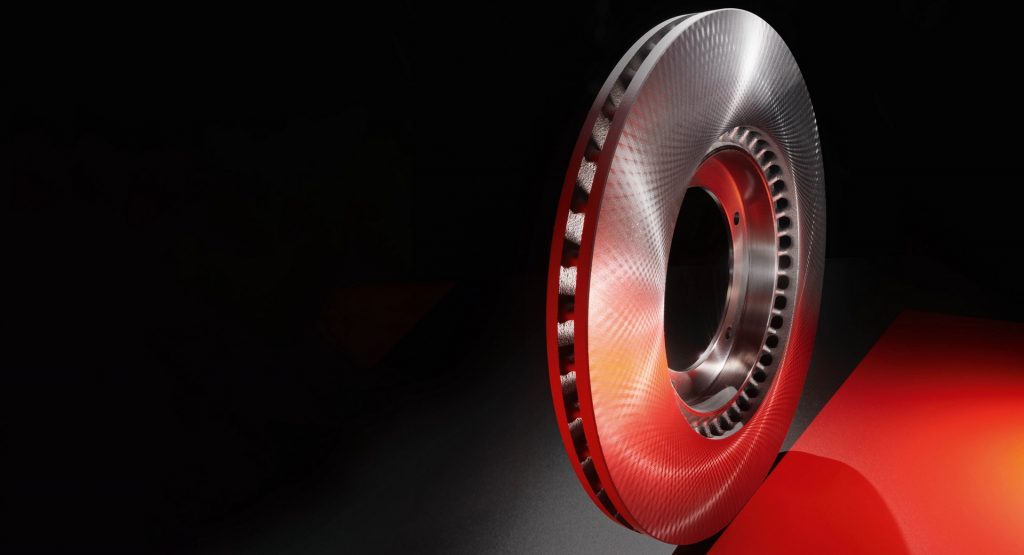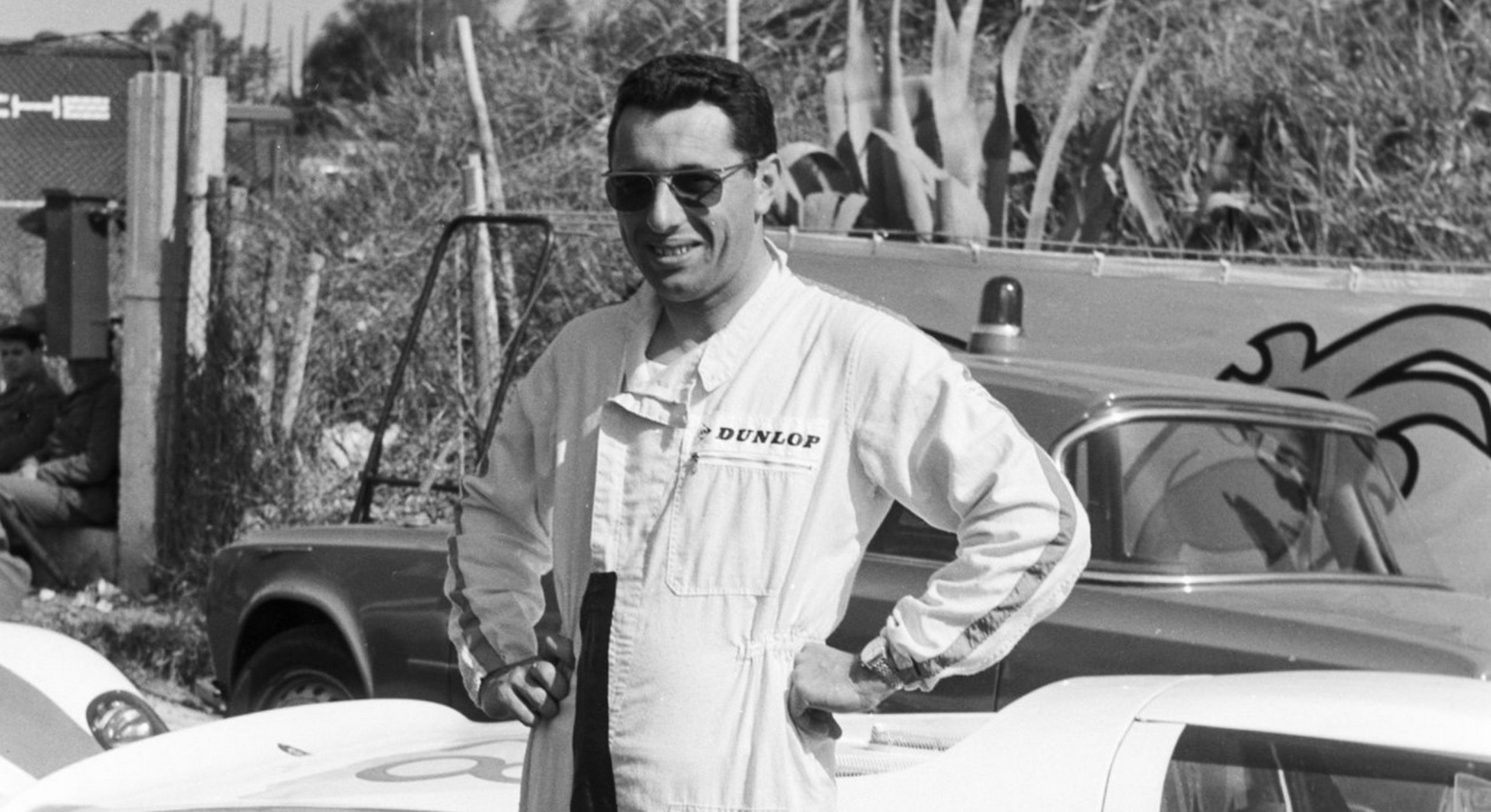Oddly, it took automakers much longer to figure out how to slow cars down than it took them to figure out how to make them go fast. By the ’30s, race cars were producing hundreds of horsepower and reaching triple-digit speeds, outpacing their braking performance.
Prone to overheating and inconsistent performance, drum brakes weren’t replaced by the more reliable disc brakes until the ’50s, when Jaguar, Dunlop, and Sir Stirling Moss proved their effectiveness in a C-Type.
Despite that leap in performance, which allowed Moss to average a speed of nearly 100 mph (160 km/h) and lap the entire field at the 1952 Rheims Grand Prix, disc brakes were still an imperfect solution that it took the motoring world another decade to seriously improve.
Read Also: Documentary Tells The Story Of How Disc Brakes Came To Be
Per Porsche, despite being an improvement over drum brakes, discs were still prone to overheating, with friction pushing them past 500°C (932°F), thus diminishing their effectiveness and sometimes leading to total failure.
In 1965, however, the German automaker had a bright idea. In preparing the 906-8 Bergspyder for famed European Hill Climb Championship driver Gerhard Mitter, it wanted to improve braking performance. There was no doubt that the 570 kg (1,257 lbs), 255 hp (260 PS/190 kW), eight-cylinder racer would go fast, but Porsche wanted it to slow down just as quickly.
To do that, it developed the double-walled disc with holes drilled in between the faces of the disc. Now common, the construction of the brakes allowed air to circulate more effectively, keeping them cooler for longer and allowing braking performance to remain constant for more.
The technology, fitted to the Bergspyder’s front axle brakes, allowed Mitter to attack the corners harder, selecting braking points more boldly, and allowing him to ultimately go faster. It was such a success, in fact, that just one year later it was available on the 911 S, making it the fastest technology that Porsche had ever transferred from the racetrack to the road up to that point. Today, ventilated brakes are standard on every vehicle it sells.









